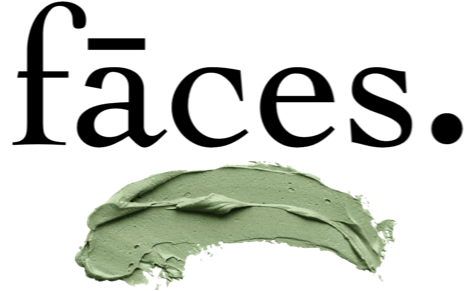Maybe it’s your Melanin?
when you hear about sun spots, moles and other skin pigmentation concerns, the term “melanin” and “melanogenesis” are used regarding the process. So what is melanin, exactly, and how does it determine not only the overall color of your skin but also signs of discoloration such as sun spots and freckles? here’s a quick guide to the skin pigmentation process and the factors that combine to give your skin its unique color ✌🏼✌🏽✌🏾✌🏿 melanin is the pigment that gives your skin its color. up to a point, it will protect your skin from damage caused by the sun’s UV rays by absorbing and dissipating the light energy. however, your skin begins to tan when further exposure produces cellular DNA damage. the skin releases repair enzymes to help correct this and signals for additional melanin to be produced. when this process, called melanogenesis, occurs, it is seen as a “tan.” a tan provides an SPF factor of 2 to 3, which is not enough to prevent further damage to DNA. when extensive damage has occurred, enzymes are no longer able to effectively repair the DNA and those damaged cells are “instructed” to self-destruct. If damaged cells reproduce, they could cause cancer. once melanin is produced by the melanocytes, it is then transported to cells called keratinocytes in the outermost layer of the epidermis by organelles called melanosomes. this is how your skin gets it color, as well as how certain pigmentation issues such as sun spots, freckles and melasma appear. melanin is an important component of the skin. Understanding what it is, its role in UV protection and how it contributes to many common signs of skin discoloration can help you to prevent future signs of sun damage. at fāces i believe treatments that induce natural cell regeneration like microneedling & peels as well as choosing anti-aging skincare products that contain ingredients to help improve the appearance of discoloration and restore a smoother, more even and youthful look and feel are key.
